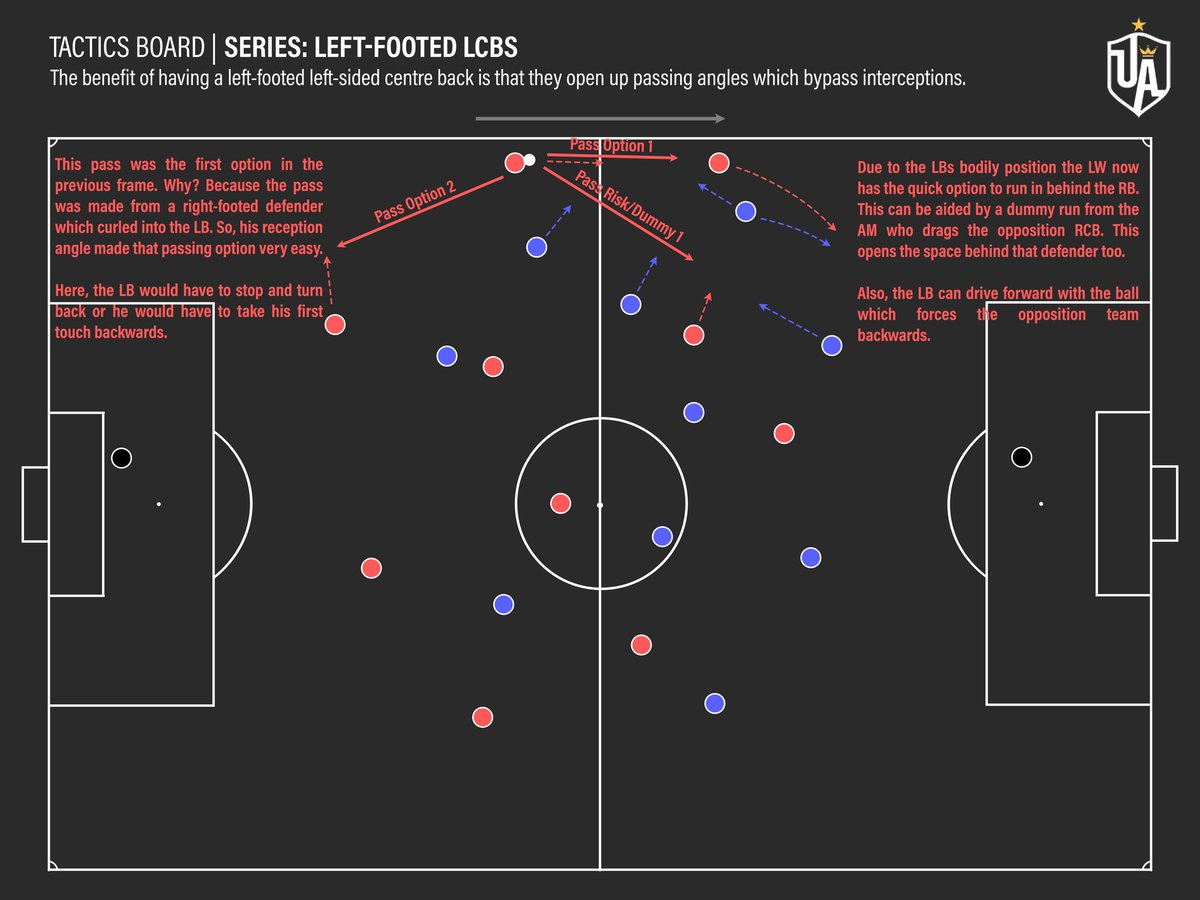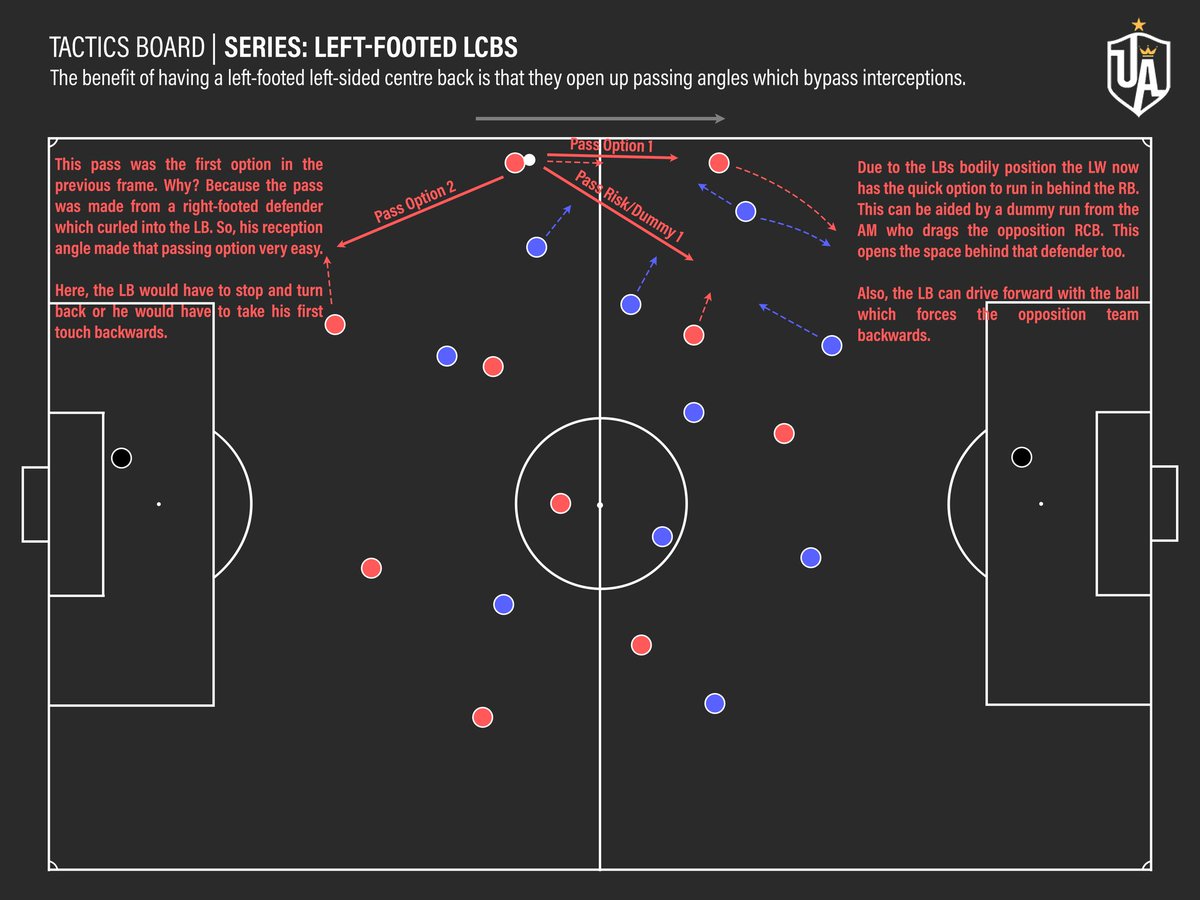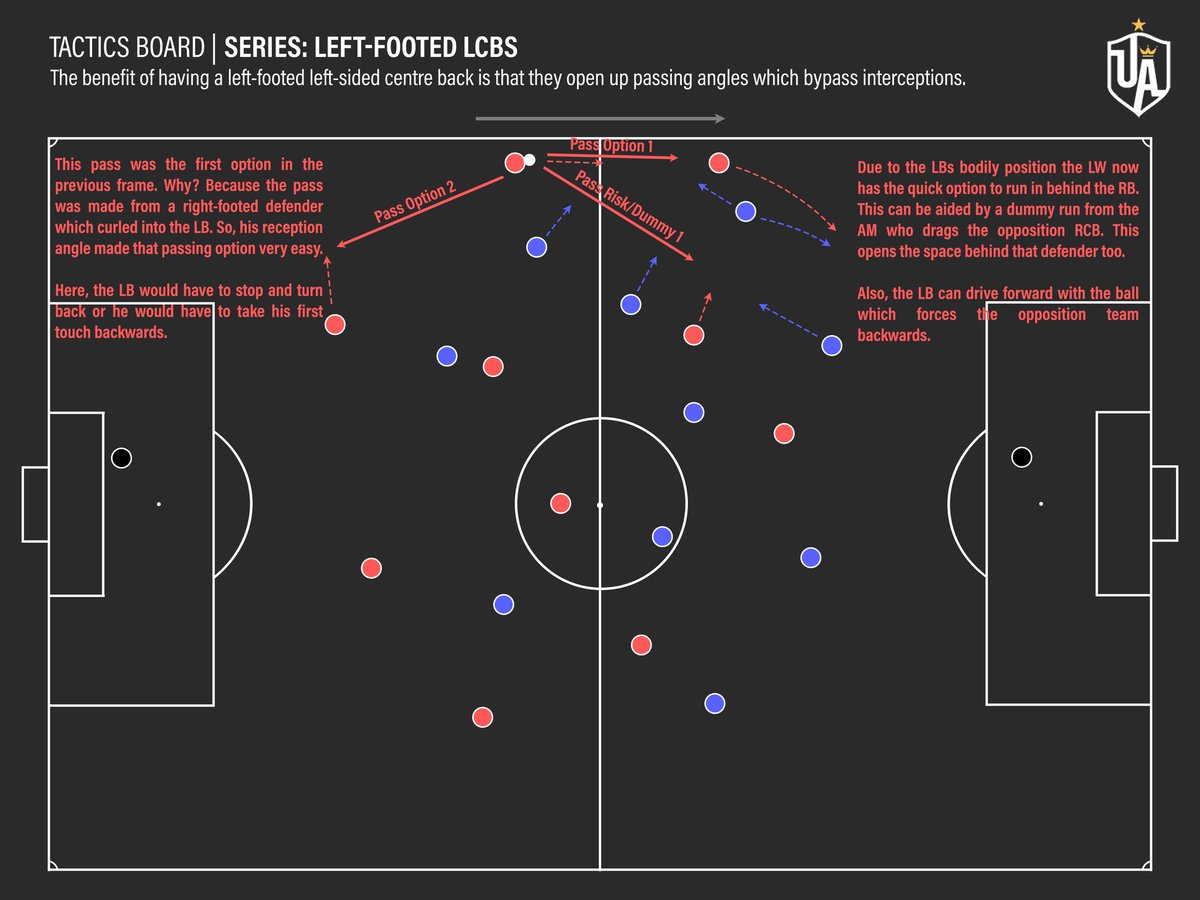THREAD:
One of the benefits in having a left-footed LCB is that they open up passing angles to the LB that a right-footed LCB cannot.
This is vital when your LB is heavily involved in build-up like Luke Shaw.
One of the benefits in having a left-footed LCB is that they open up passing angles to the LB that a right-footed LCB cannot.
This is vital when your LB is heavily involved in build-up like Luke Shaw.
Firstly, let& #39;s mention what this thread is not discussing. It is not saying that a right-footed LCB is bad. Rather, it is saying that a left-footed LCB merely has a particular biomechanical advantage than the right-footer does not and that this advantage is important.
Secondly, the following [small] animation is taken from a real game which occurred in a top five European league. I have kept it anonymous because I want to focus on fundamentals with positional structures as opposed to who the players are.
Thirdly, when we evaluate fundamentals we do not look at exceptions. By this, I mean we do not evaluate what should occur by saying “this is wrong because of Player X” whilst X is Messi, Ronaldo, Marcelo, De Bruyne, Verratti, etc. These players are exceptions to the rule.
Lastly, focus on realism. I often see optimistic analysis of what players ”could have done” but the actual player& #39;s skillset is almost always disregarded in these analyses. Most players have glaring limitations in their game and this must be taken into account.
The Situation:
Pay attention to the curl of the ball and how the LB receives the pass. The curl is negative — it pulls away from the goal. This occurs due to the biomechanics of using the right-footed in-step. Secondly, the LB has to control the ball whilst facing the pitch.
Pay attention to the curl of the ball and how the LB receives the pass. The curl is negative — it pulls away from the goal. This occurs due to the biomechanics of using the right-footed in-step. Secondly, the LB has to control the ball whilst facing the pitch.
One may assume that the LCB could have passed the ball more progressively but there is a fear that the RW will intercept and transition dangerously. So, the LCB has no realistic angle to pass to the LB except what he actually did.
Now — and you don& #39;t need to respond underneath — what do you think the realistic passing options are? Each player has passing options and passing risks. An option is when there is a high chance of retention. A risk is when there is a high chance of dispossession.
Pass Option 1 is for the LCB if they back up the LB which they were in the process of doing. There is a pass risk in passing directly to the LCB because of the opposition CF who is pressing. So, the LCB has to now back up the LB and receive a tight pass back which is regressive.
Pass Option 2 is to pass to the LW but there is a risk here, too, depending on how quickly the opposing RB closes down the receiver. The third ‘option’ is a risky pass to the AM however the RW, RCM and RB [in reality] can all intercept this. So, it is off the table.
So, what should the LB do? What he actually did was pass back to the LCB after he was backed up i.e. Pass Option 1. LCB tried to turn back to the keeper and pass but it deflected off the pressing CF.
This is a problematic situation and often occurs within CB + FB dynamics.
This is a problematic situation and often occurs within CB + FB dynamics.
When a CB passes it to the FB then there are two intentions either being (1) space creation for newer passing angles or (2) progression. Here, the CB& #39;s pass did neither. There was less space created, less passing angles and no progression. In fact, it regressed even further.
What if the pass was from a left-footer? Biomechanically, the ball has a positive path — it moves closer to the goal. This allows the LB to progress more than he did and control the ball whilst facing forward. A solid first touch also takes the RW out of the game.
Due to the ball curling outwards to inwards, the opposing RW is not as threatening because the ball& #39;s curl trajectory is further away from him. If the pass is in front of the LB and he runs onto it then it is even better in terms of progression.
Also, as he is facing forward he does not have to gather the ball under his feet and then move progressively. Rather, his first touch automatically puts him in a progressive situation.
Secondly, he can now carry the ball forward which was not a realistic option before.
Secondly, he can now carry the ball forward which was not a realistic option before.
Pass Option 1 becomes less risky because the LB can pass it first time to the LW which will prevent the RB from intercepting or placing adequate pressure. Likewise, the LW can spin in behind the RB which will give the LB another passing option or space to drive forward.
Thirdly, because of the pass setting the LB forward, the pass to the AM is more feasible whereas it would have been difficult before due to the first touch of the LB being against the direction of the pass.
There is another benefit to the AM in this situation too...
There is another benefit to the AM in this situation too...
Now that the AM is a viable option, they can use their run as a decoy for spacing for the LW who is spinning in behind the RB. How many times have we seen Fernandes pull a CB out of place and then flick it around the corner as a result?
Ultimately, the passing options become more positive due to the positive pass trajectory of the initial pass and due to the positive touch from the LB which, as mentioned, opens up the option of carrying the ball himself.
One might ask: “This seems like a small, insignificant thing.”
The response is that football is made up a hundreds of small elements that come together. If the screws of a shelf are loose then it might not cause a problem initially but once the load becomes larger, it& #39;ll break.
The response is that football is made up a hundreds of small elements that come together. If the screws of a shelf are loose then it might not cause a problem initially but once the load becomes larger, it& #39;ll break.
These small elements are screws. To not have them tightened isn& #39;t an issue when facing small teams. However, once you face the best teams then these ‘small’ things end up causing many problems just like loose screws on a shelf that is loaded with heavy items.
I hope this little exercise is beneficial. It is the first one we& #39;ve done and I always like to improve so I will be making improvements to the visualisations, the way we discuss, and more.
I hope you enjoyed it.
I hope you enjoyed it.
End of Thread.

 Read on Twitter
Read on Twitter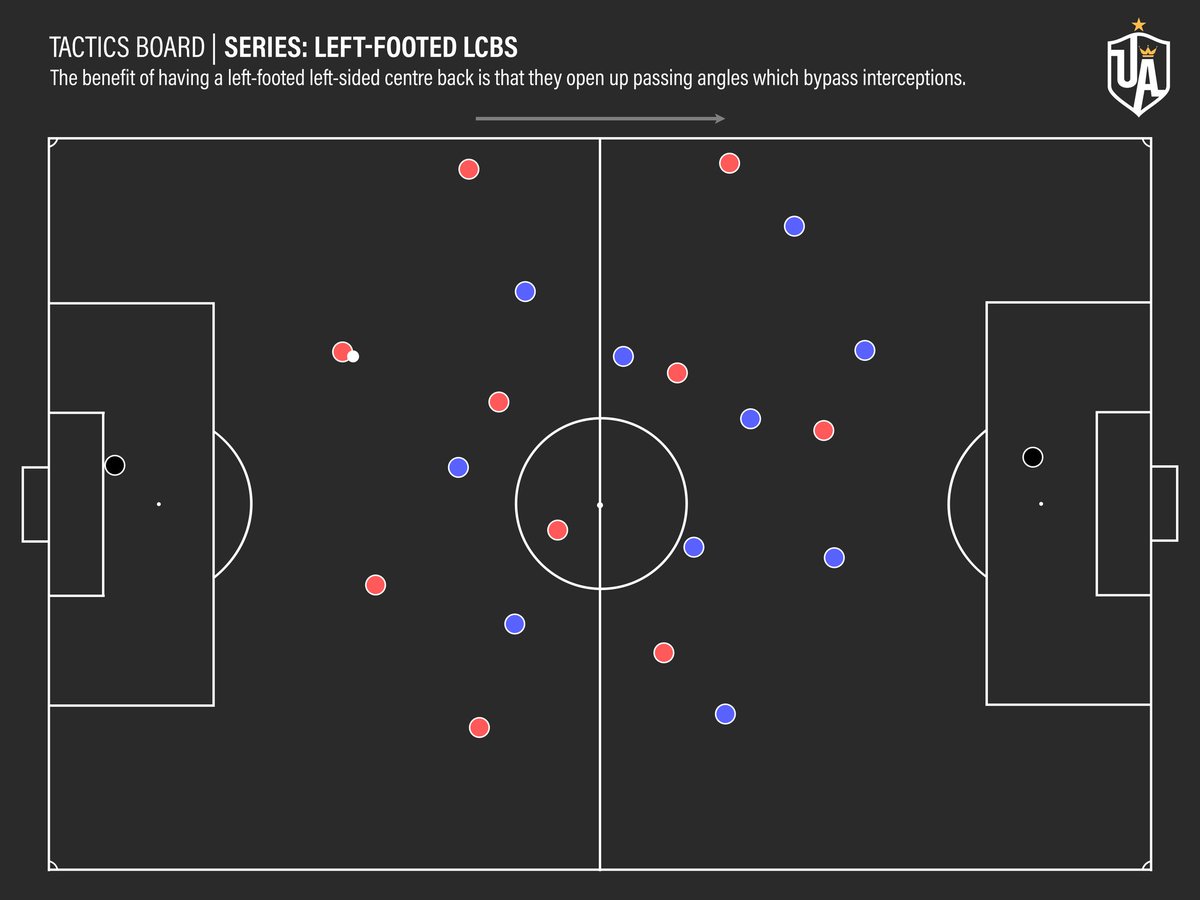
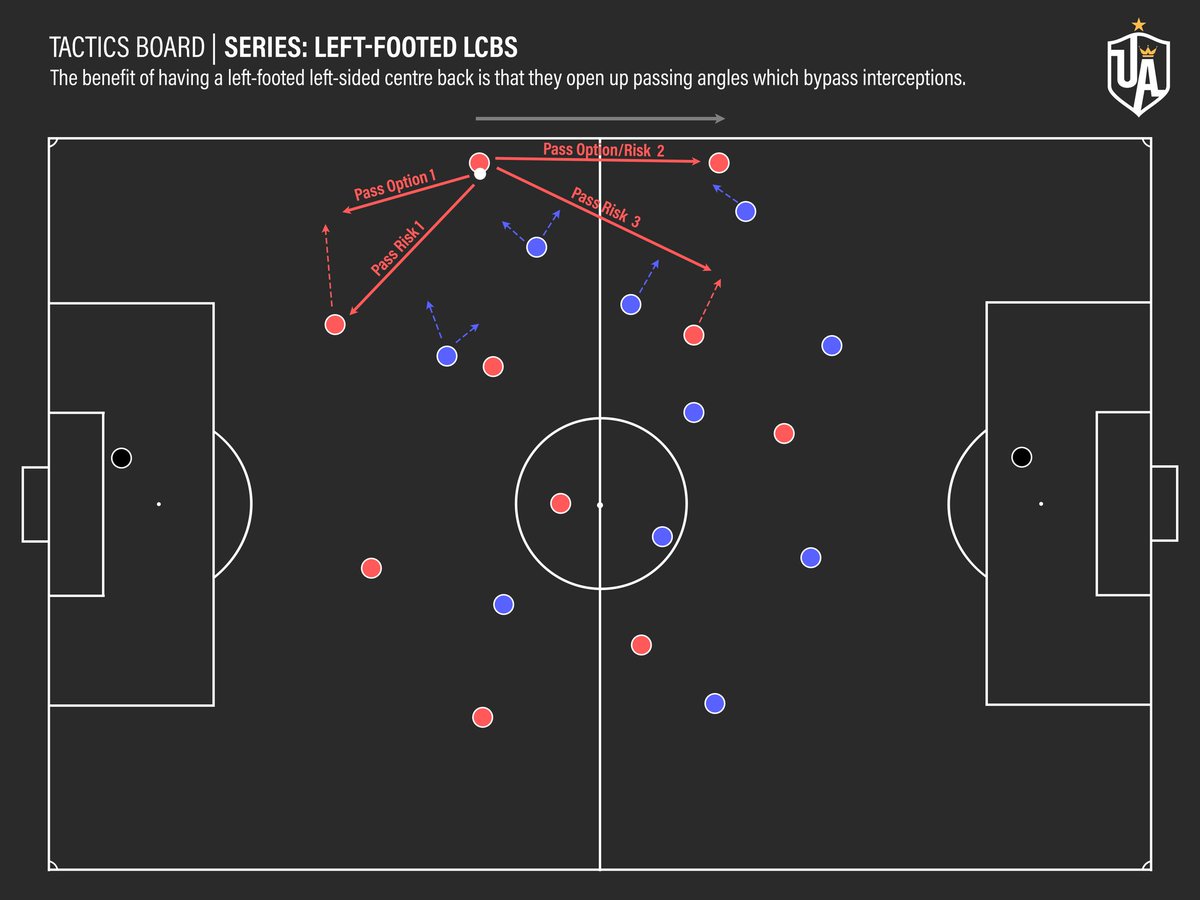
![Pass Option 2 is to pass to the LW but there is a risk here, too, depending on how quickly the opposing RB closes down the receiver. The third ‘option’ is a risky pass to the AM however the RW, RCM and RB [in reality] can all intercept this. So, it is off the table. Pass Option 2 is to pass to the LW but there is a risk here, too, depending on how quickly the opposing RB closes down the receiver. The third ‘option’ is a risky pass to the AM however the RW, RCM and RB [in reality] can all intercept this. So, it is off the table.](https://pbs.twimg.com/media/EhAXPbWXgAA47JY.jpg)
